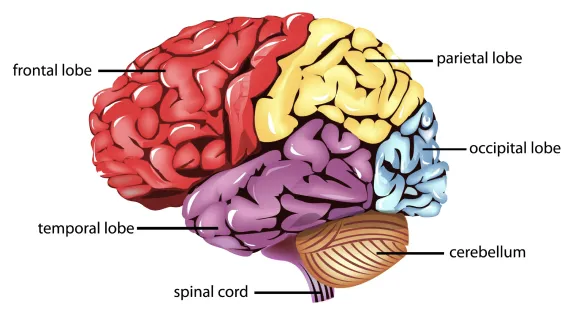The three types of ADHD are primarily hyperactive and impulsive, primarily inattentive, and combined. Each is distinguished by a set of behavioral symptoms outlined in the DSM-5. Here, learn what symptoms look like for each.
ADHD and IQ: No dumb bunnies here!
Before this disorder was widely known, children with learning problems were thought of as “not smart” or “not applying themselves properly”. Research now has found that a large majority of children with ADHD have high IQ’s (Intelligence Quotient). However, in individuals with ADHD, work production is not at its maximum capability. This problem may go unnoticed in early years (1st – 4th grades), but will become more prominent and noticeable later on. It is likely that individuals who go “untreated” will fail one or more subjects in school and may have to repeat a grade. This can cause a loss of self-esteem and bring about other problems. The relatively minor problems in children can grow to be major problems later in life, especially in areas of behavior and self-confidence.
Genetic ADHD History: Your history counts!
While the exact causes of ADHD have not been identified, genetic studies show there is a strong hereditary component, with an up to a 91 percent likelihood of passing the disorder to your children. ADHD is a neurodevelopmental disorder, meaning it is brain-based. Differences in genes that structure the brain can be passed along to children. In the Time magazine article Growing Up with ADHD, Russell Barkley, PhD, a clinical professor of psychiatry and pediatrics at the Medical University of South Carolina in Charleston, discusses the heritability of ADHD with Denise Foley.
“There are anywhere from 25 to 45 genes that are considered high-candidate genes for ADHD,” Dr. Barkley says. “But there are several we’re reliably sure of, and some of those are the genes related to dopamine regulation in the brain.”
Executive functions, behaviors and emotions are governed by neurotransmissions in the brain. Dopamine is a key neurotransmitter, one of the chemicals our brains use to pass information between nerve cells and regulate body functions. Differences in certain genetically defined receptors may increase your susceptibility to ADHD, particularly as it relates to dopamine receptors in the brain. Low levels of dopamine are associated with inattention, mood instability, and reward and motivation deficits, common symptoms of ADHD.
THE SCIENCE: The wonderful brain!
The human brain is incredibly complex. In the study of the brain, scientists focus on numerous disciplines such as cognitive science, neuroscience, and behavioral science, etc. By far the majority of breakthroughs in brain science have come in the last 15 years. One such breakthrough is the fact that brain cells are constantly created and connecting to each other.In studying the brain’s relationship to ADD/ADHD, the cause appears to reside primarily in the parietal lobe for ADD. In this case, the frontal lobe processes are intact. Research for ADHD shows that the regions of the brain with the most significant decrease in brain activity was the superior prefrontal cortex and premotor cortex. These areas of the brain, among other things, sort out impulse control.


